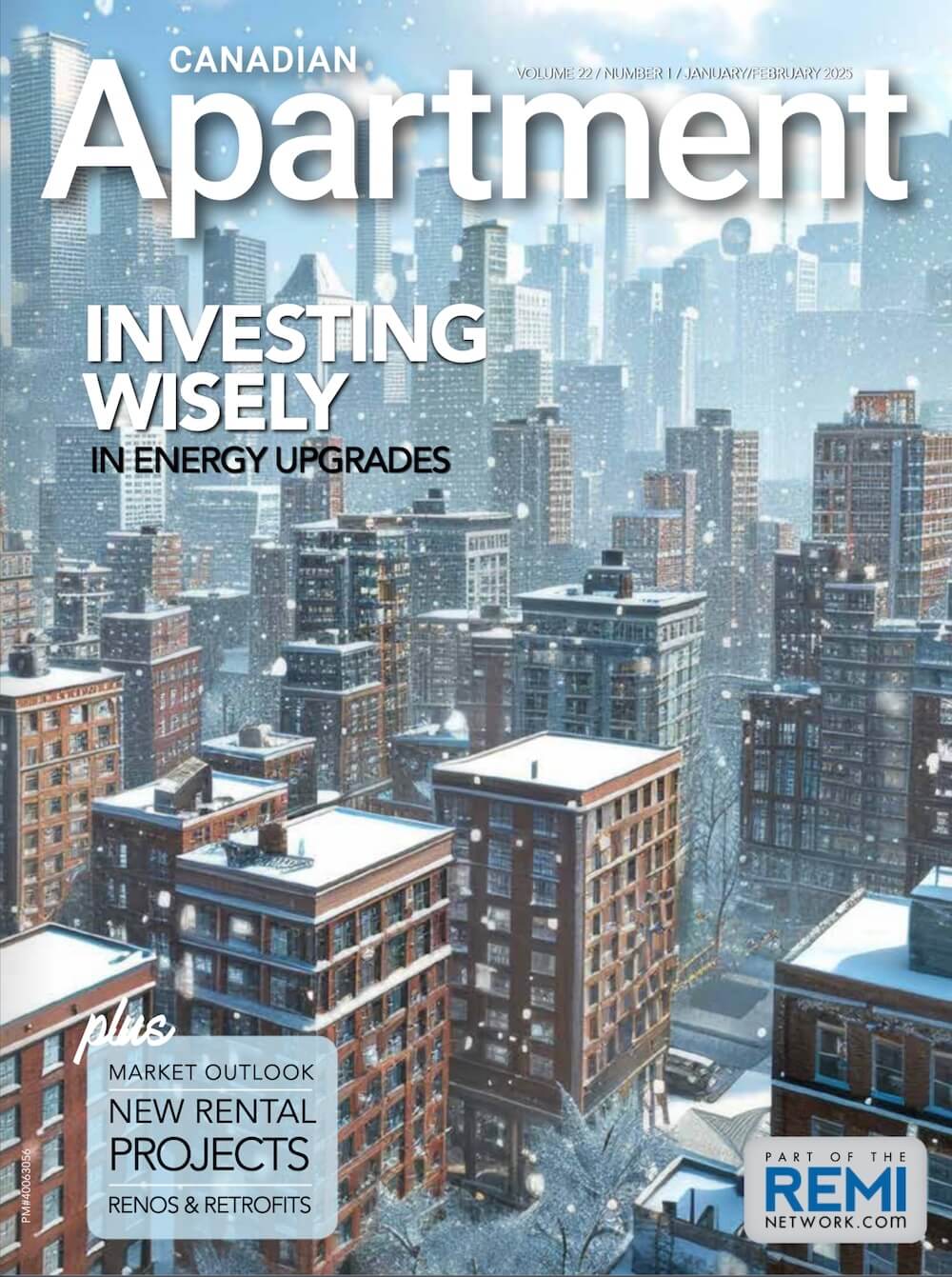A wide range of cleaning and maintenance tasks are critical to ensure safe and efficient building operations. Many activities are obvious to building occupants and visitors, such as vacuuming, waste removal, light bulb replacement and so on. But far less visible is the effort exerted behind the scenes, to ensure proper operation of the building’s HVAC equipment and, ultimately, provide environmental control and comfort.
Many buildings include humidification in their HVAC system to enhance occupant health and comfort, improve manufacturing processes and preserve artifacts and furnishings. Properly controlled and maintained humidification systems protect against production line disruptions or failures, prevent loss or degradation of materials and eliminate inconsistent environmental conditions in labs and other critical applications. Keeping humidification systems clean and operating at peak performance is also essential for maintaining optimal air quality for indoor environments.
Scale and humidifier performance
In humidifiers that boil water in permanent tanks to produce steam, water impurities build up over time, coating the heat exchangers or electric heating elements and the internal walls of the tank. The most difficult impurity to remove is scale, or calcium carbonate, which naturally occurs in hard water and precipitates when heated.
Scale buildup adversely affects system performance and efficiency by slowing a humidifier’s response time and disrupting output consistency. Also, because scale buildup slows the transfer of heat into the water, heating elements and heat exchangers can overheat and eventually fail. If never removed, scale can actually become so thick that tank replacement is the only option.
Aside from performance issues and heater failure, scaled components can also pose a safety risk. For example, if the water level controller employs a float, scale buildup could cause the float to get fixed in the up or down position and fail to provide the system controller with accurate feedback. If a humidifier tank is dry with the float stuck in the full position, overheating could occur.
Removing scale from humidifier tanks
There are many methods for removing scale from humidifiers with permanent tanks. The oldest and least desirable method is manually scraping the scale off tank walls and heating elements or heat exchangers. This is labour intensive, time consuming and only viable with adequate access to all components and when the surfaces are smooth and flat.
An easier and much more thorough method for removing scale is using a chemical de-scaling solution to soften or dissolve the scale, making removal as easy as rinsing and draining the tank. Better yet is to combine descaling solution with a circulating pump to ensure thorough cleaning without manual agitation of the solution. De-scaling solutions should be used with a neutralizer for easy and legal disposal into the municipal sewer system.
Discard scale with electrode humidifiers
Electrode-type humidifiers are designed with a replaceable cylinder for boiling water into steam, instead of a permanent tank. Minerals from the fill water stay in the cylinder as water is boiled away, slowing coating the electrodes inside with scale. When the steam cylinder reaches the end of its life, it’s simply exchanged with a new cylinder. Replacements are typically done at least once per year and more often depending on water quality and usage.
Follow manufacturer service recommendations
Regardless of the humidifier type, manufacturer service recommendations should be followed. Shorter service intervals generally result in faster maintenance jobs; however, cleaning does require the system to be offline. It might be necessary to wait until the end of a humidification season or for a short break in the building’s humidification demand.
Minimizing scale in humidifiers by using softened water
One very effective way to minimize scale buildup in humidifiers is to use softened fill water. Steam generators using softened water do accumulate residue, but the accumulation builds up much more slowly and is softer and easier to remove than hard-water scale. In most cases, softened water residue can be cleaned out of the tank with a spray of water and flushed away.
Commercial water softeners require regular maintenance, such as backwash filter replacement, brine tank cleaning and refilling with salt. These tasks are simpler and much less time consuming than tank cleaning.
Preventing scale in humidifiers by using RO/DI water
There is yet another way to deal with water impurities that does not require scraping, chemicals or canister replacement, and it may even eliminate cleaning for the life of the humidifier: Total scale prevention. Reverse-osmosis (RO) or deionized (DI) water is typically 98 percent free of total dissolved solids. Humidifiers using RO or DI water can potentially run nonstop for their entire life cycle with no scale formation. Service contractors and facility managers responsible for these systems know that the key to steam generator performance is a well-maintained RO or DI water treatment system, which means occasional filter and membrane replacement.
There are even steam-generating humidifiers with built-in RO or DI water treatment systems. These combined systems offer water treatment and steam generation in one fully integrated package for maximum ease of use and maintenance in a small footprint.
Recent innovations and future expectations
Innovative humidifier manufacturers are constantly seeking new ways to reduce or eliminate the burden of cleaning and maintaining systems. New products released over the past few years mark vast improvements over earlier designs. Electrode-style humidifiers, automated descaling pump kits and low-maintenance humidification systems with integrated water treatment have simplified the task of cleaning and maintaining humidifiers. As long as there is a need for humidity, these manufacturers will continue to find ways to make upkeep tasks as painless as possible. Automation, increasingly clever designs and even system-generated reminders are now the expectation among service contractors and facility managers.
Daniel Celotta is the product development manager, engineering, at DriSteem. For the past 12 years, he has advanced through several roles in the development of commercial and industrial equipment. He is credited as a co-inventor on two patents and has patent applications pending on high-pressure fluid handling equipment at Graco and on steam dispersion technologies at DriSteem. For more information, email inquiries@dristeem.com or visit www.dristeem.com.





